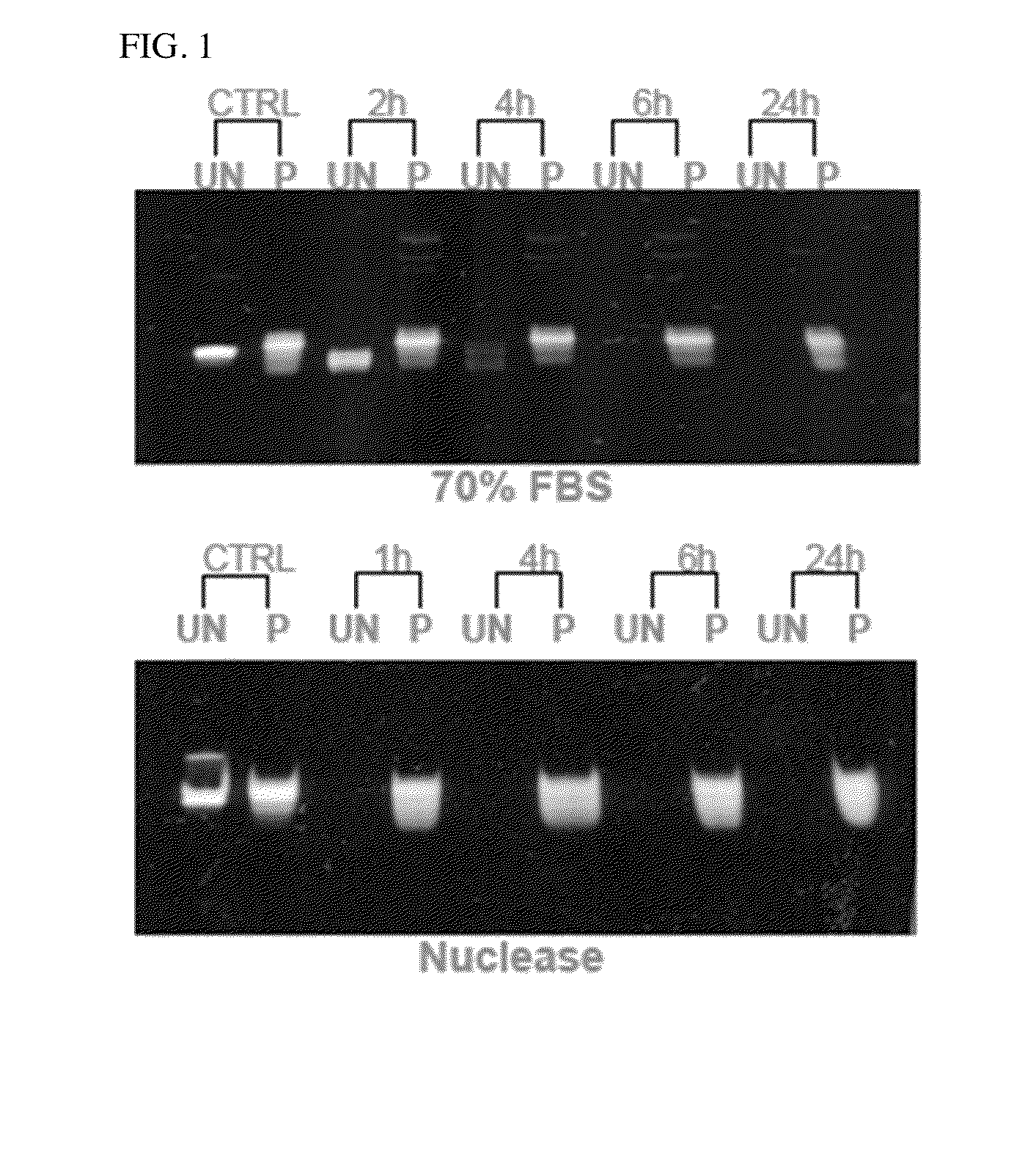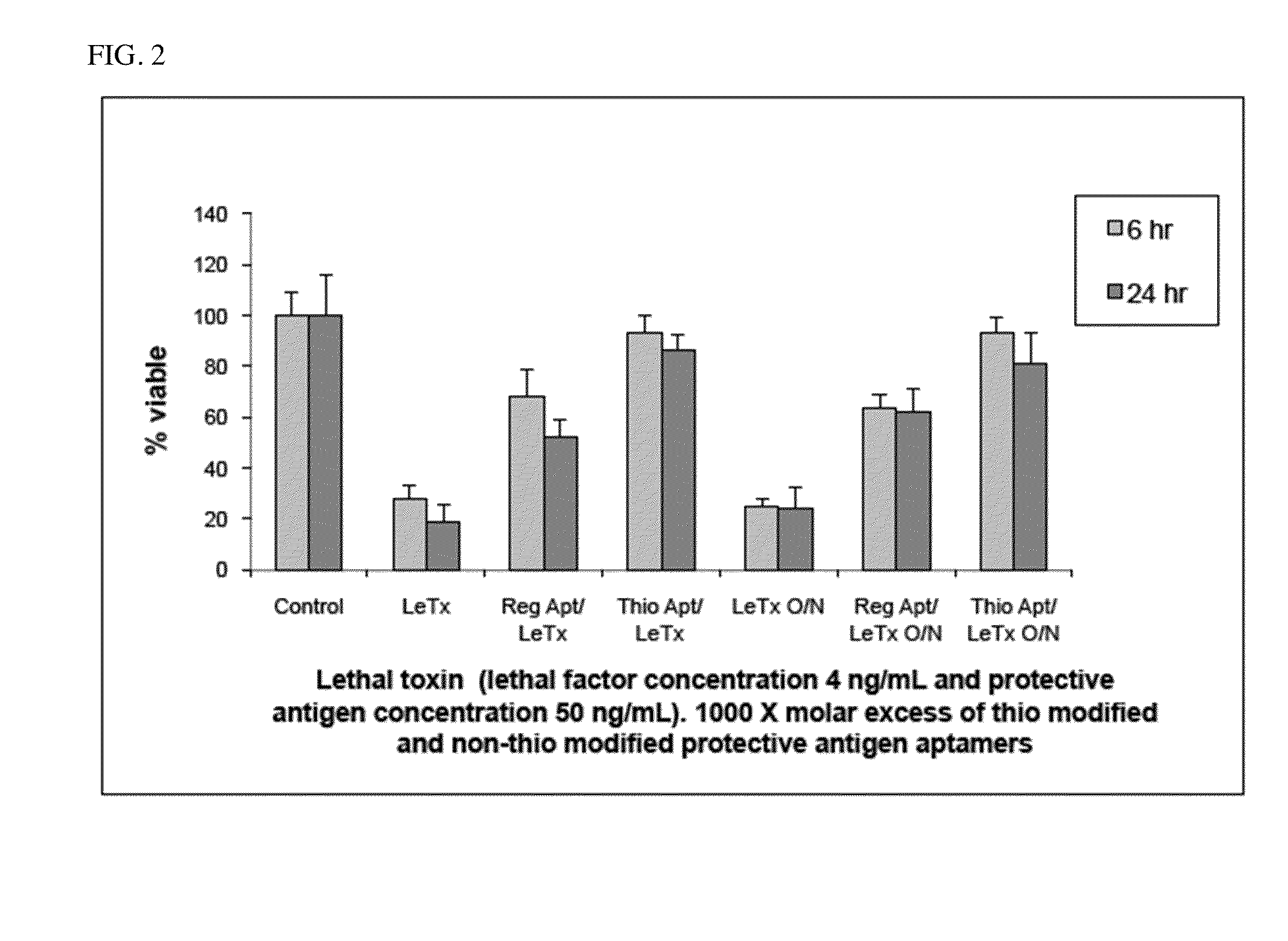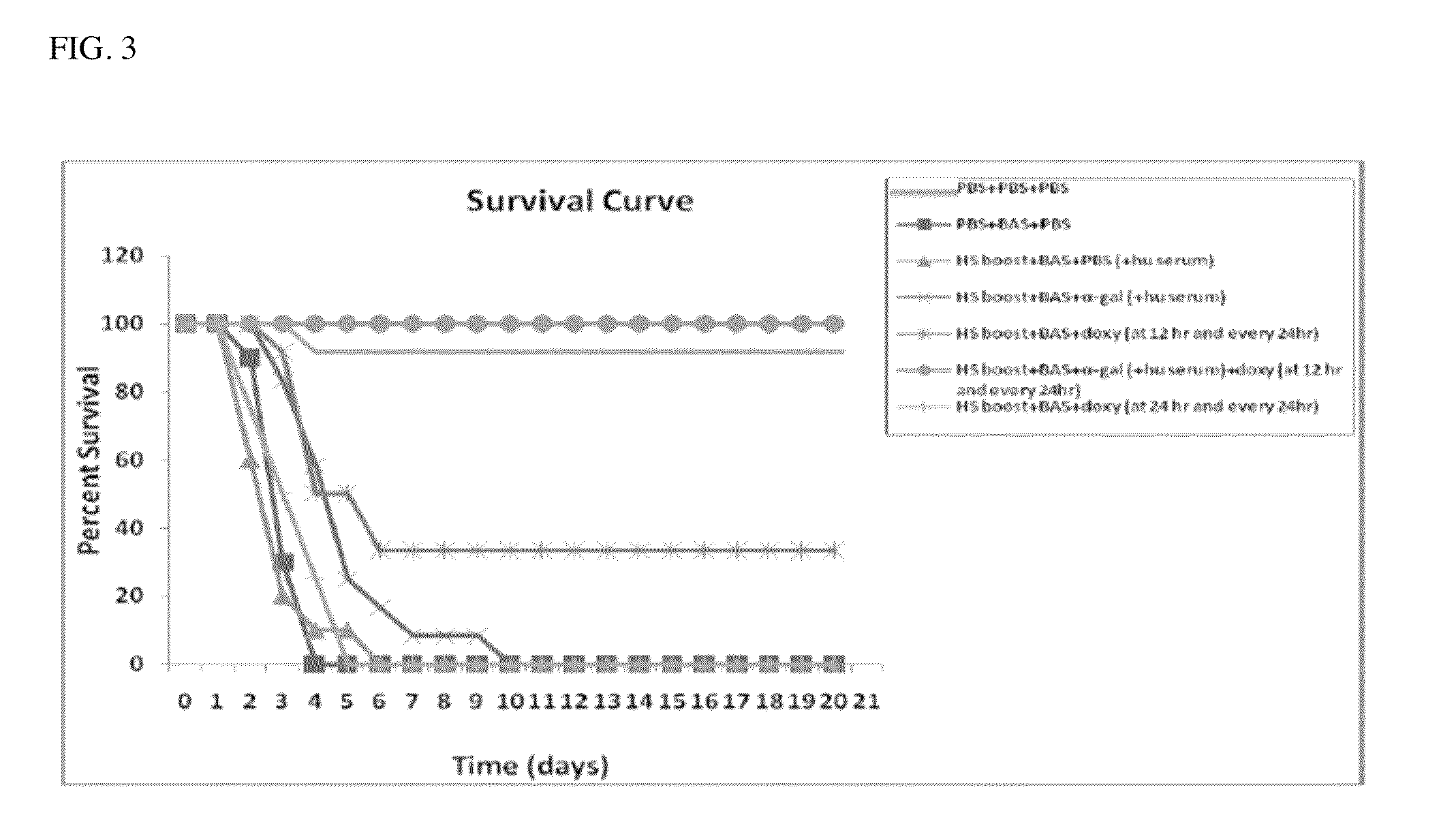Chemically Programmable Immunity
a technology of programmable immunity and chemical components, applied in the direction of antibody medical ingredients, carrier-bound antigen/hapten ingredients, immunological disorders, etc., can solve the problems of population may never be able to live, traditional immunization is of little use, and traditional vaccination is not a simple answer
- Summary
- Abstract
- Description
- Claims
- Application Information
AI Technical Summary
Benefits of technology
Problems solved by technology
Method used
Image
Examples
example 1
Administration of Haemophilus influenzae Type B Immunity Linker to Neonatal Rats
[0096]Haemophilus influenzae Type B (Hib) is an encapsulated bacterial pathogen that causes serious invasive diseases, particularly in young children and the immunocompromised. The protective immune response to Hib is directed against epitopes of the capsular polysaccharide (PS). It is known that passive administration of anti-capsular polysaccharide antibody to rats inoculated with 10-100 Hib organisms intraperitoneally prior to infection will protect them against bacteremia / sepsis. The primary effector mode of protection against Hib is by the complement-dependent bactericidal activity of the anti-PS antibodies.
[0097]For purposes of the present invention, a human Fab fragment specific for the Hib capsular polysaccharide (PS) was cloned. While this Fab fragment uses the same heavy and light chain variable regions of “native” antibodies, it lacks the CH2 and CH3 domains of the IgG heavy chain. Accordingly...
example 2
Alpha-Galactosyl Epitope Immunity Linker
[0099]Recombinant knock-out mice lacking alpha-1,3-galactosyltransferase and consequently have a B- and T-cell immune response to its product, the alpha-1,3-galactosyl-galactose bond or alpha-galactosyl epitope, are administered an immunity linker containing an alpha-galactosyl epitope. The alpha-galactosyl epitope is described in Galili, U. and Avila, J. L., Alpha-Gal and Anti-Gal, Subcellular Biochemistry, Vol. 32, 1999. The immunity linker comprises Gal(alpha 1,3) Gal(beta 1,4)-GlcNAc-R, where the R represents a human Fab fragment specific for the capsular polysaccharide of Haemophilus influenzae type b (Hib). Ten minutes later, the mice are intraperitoneally administered a significant live dosage of Hib. After 24 hours, by plating their blood on chocolate agar, the number of cfu in the blood of the experimental mice is compared to the same measure in mice that have received the pathogen but not the prior treatment with the immunity linker....
example 3
Development of Phage Display Immunity Linkers with Specificity for Anthrax
[0100]1. Using standard phage display techniques, such as that sold by New England BioLabs, with random oligonucleotides coding for a large number of random peptides, isolate a recombinant bacteriophage that displays a peptide that is specific for B. anthracis spores, or other toxins, toxin components (such as PA) or antigens of B. anthracis.
2. Demonstrate in vitro that the recombinant bacteriophage acts as an immunity linker by 1) the binding of antibodies to a non-recombinant form of the bacteriophage and to the recombinant bacteriophage and 2) the binding of the recombinant bacteriophage to the anthrax spores.
3. Immunize a subject with the non-recombinant bacteriophage. This immunization occurs by injection or by inhalation.
4. Expose the subject to a composition comprising the recombinant bacteriophage that expresses the anthrax spore binding peptide. Using inhalation administrative routes, provide adequat...
PUM
| Property | Measurement | Unit |
|---|---|---|
| time | aaaaa | aaaaa |
| weight | aaaaa | aaaaa |
| weight | aaaaa | aaaaa |
Abstract
Description
Claims
Application Information
 Login to View More
Login to View More - R&D
- Intellectual Property
- Life Sciences
- Materials
- Tech Scout
- Unparalleled Data Quality
- Higher Quality Content
- 60% Fewer Hallucinations
Browse by: Latest US Patents, China's latest patents, Technical Efficacy Thesaurus, Application Domain, Technology Topic, Popular Technical Reports.
© 2025 PatSnap. All rights reserved.Legal|Privacy policy|Modern Slavery Act Transparency Statement|Sitemap|About US| Contact US: help@patsnap.com



